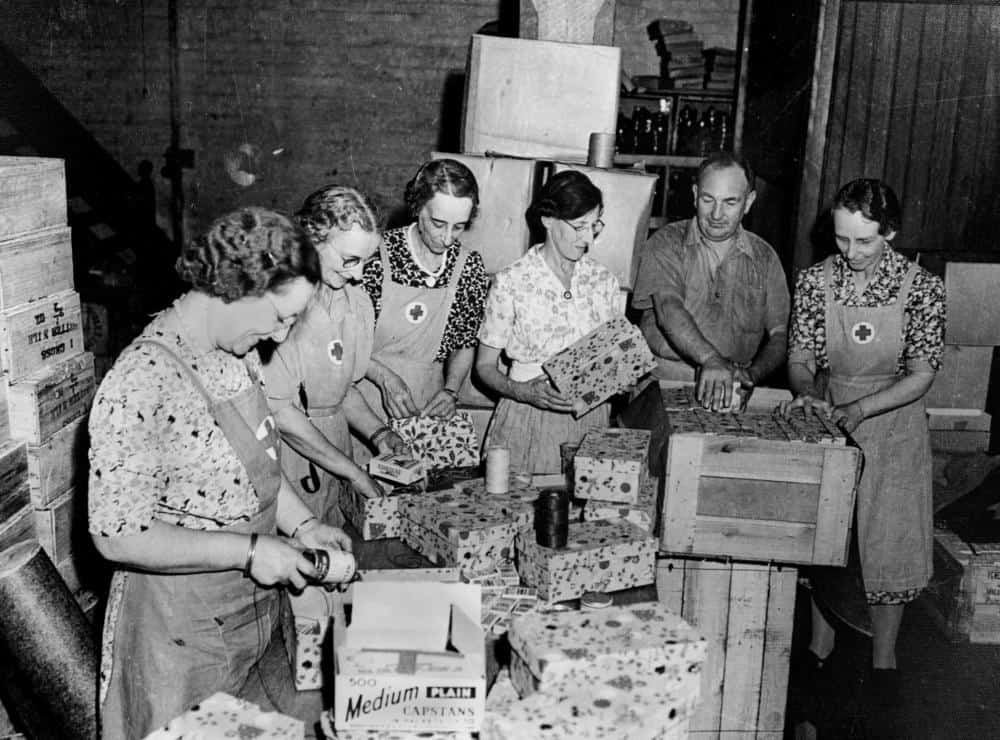








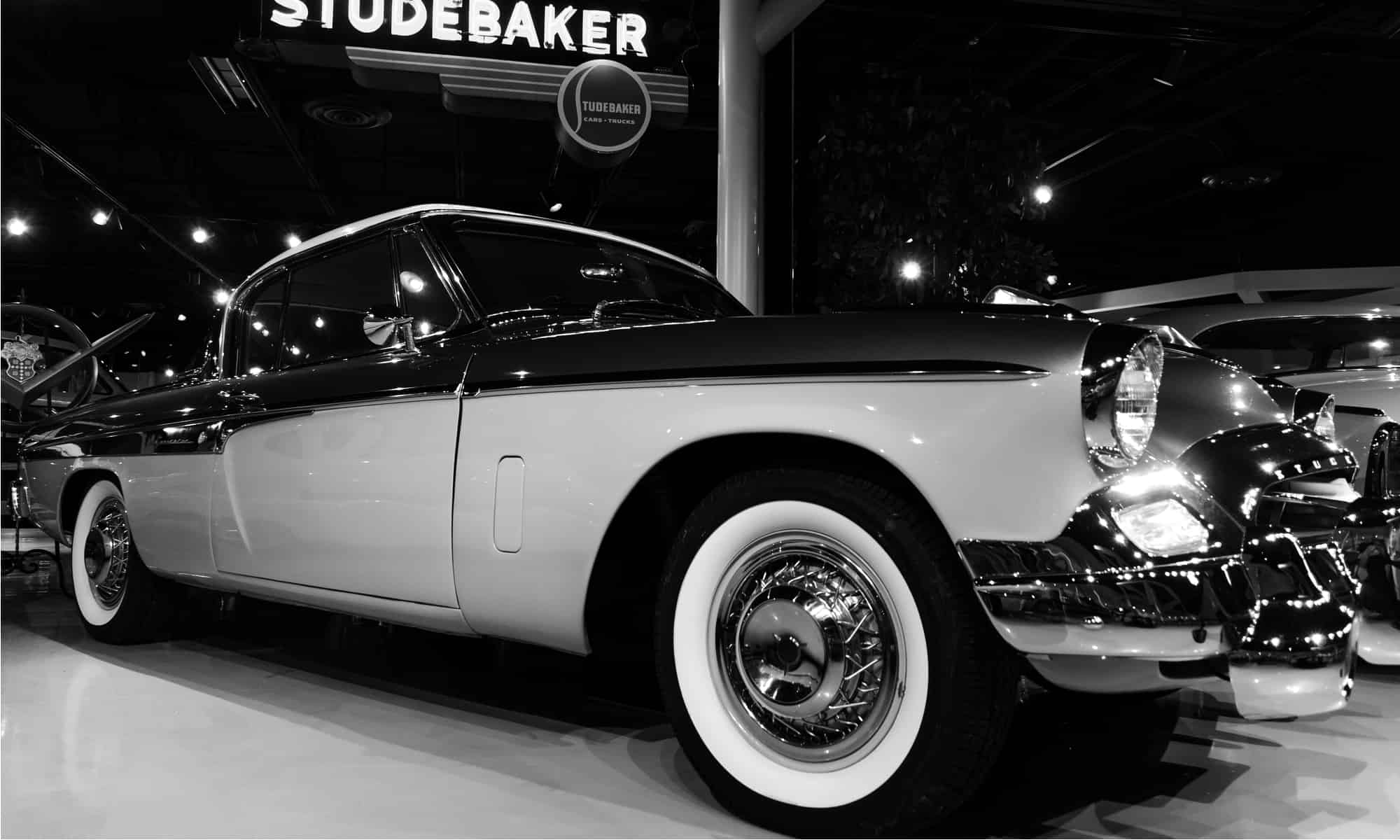




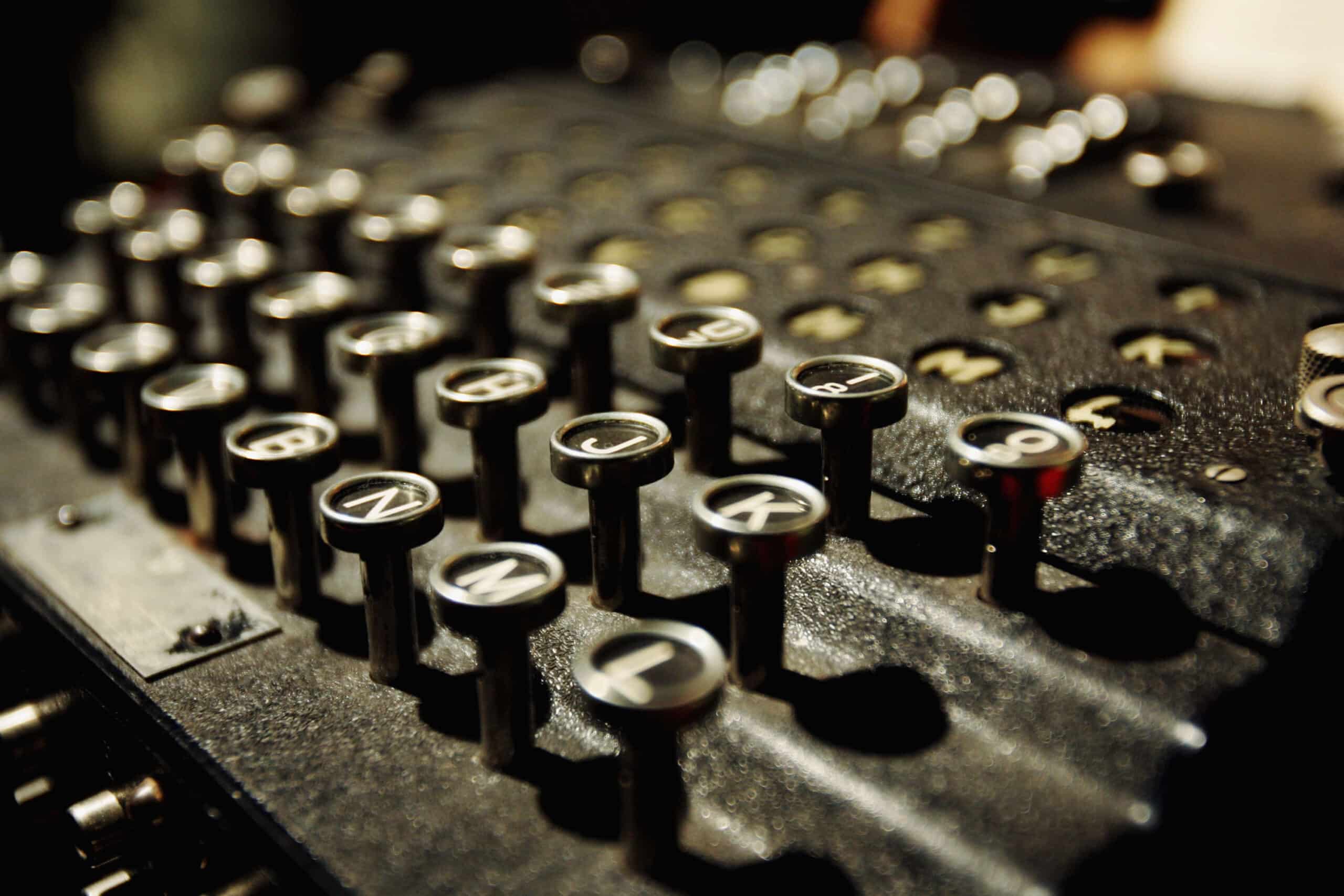
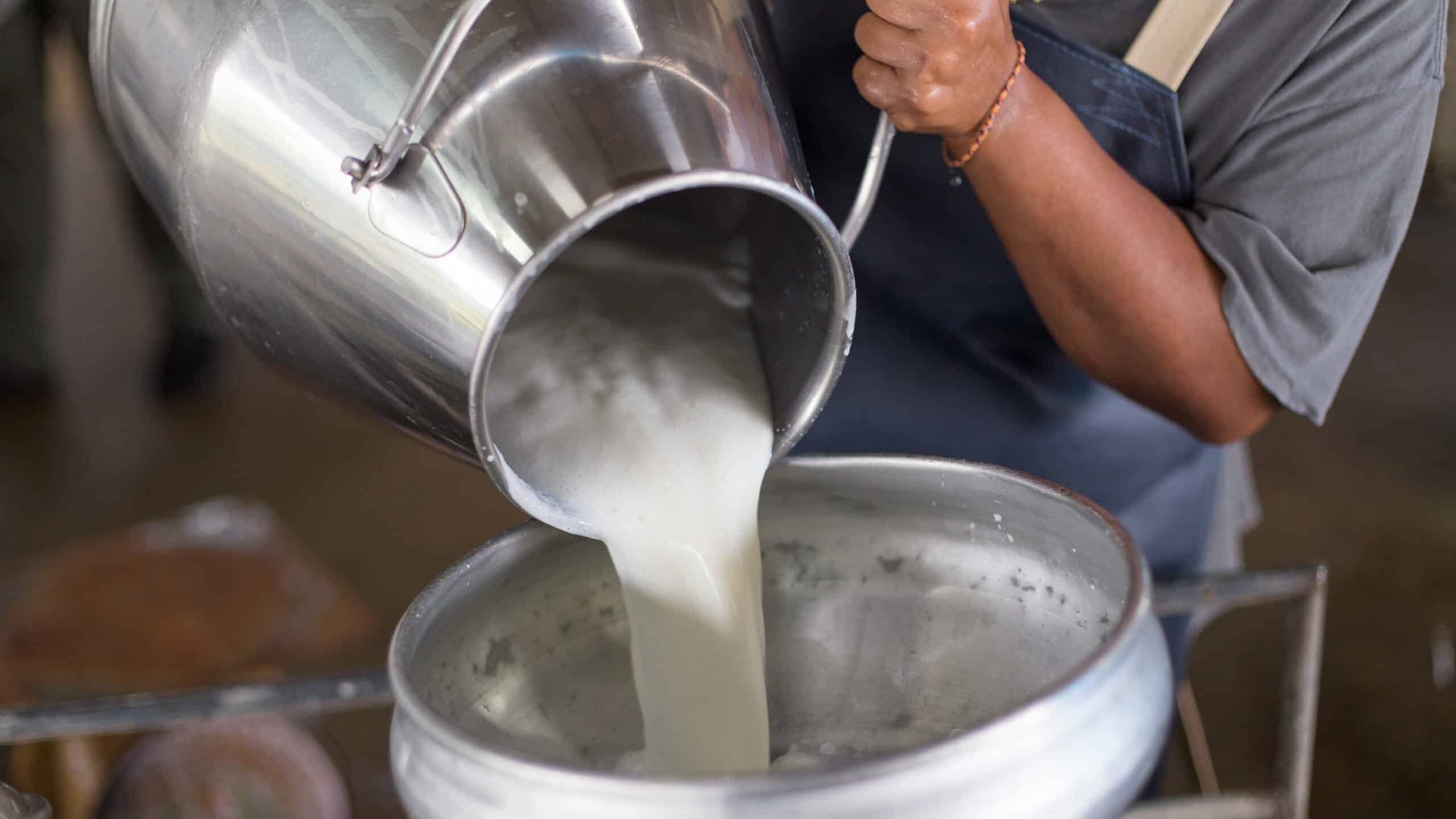

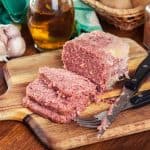







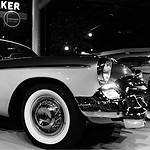




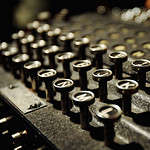

Everyday Items That Were Rationed During World War 2
Rationing was a common part of the Second World War. As production started shifting to a wartime economy, America and the world at large started gearing up for a total war. This meant that everything was aimed toward the soldiers and servicemen overseas, with the people back home having to take a little less in return. Today, we're looking at what everyday items were rationed during World War 2.
Meat
Meats like beef, pork, and lamb were among the many everyday items that began being rationed in 1943. In part, this came about due to a higher need for these food items for the troops overseas. Essential items were harder to get hold of, but ration books made sure everyone got a decent share.
Sugar
Sugar holds the distinction of being the first food item in the United States to be rationed. This everyday item is a vital part of any kitchen, especially if you fancy yourself a baker. It was in short supply during the war, however.
Coffee
It's hard to imagine a life without an overflowing pot of coffee for me, but that was just a part of reality for many Americans. This everyday item started being rationed early in America's war effort, starting in November of 1942.
Fats and Oils
This includes cooking fats like butter, margarine, shortening, and other oils. These everyday items are a common part of any kitchen, but were in short supply. As such, the American government started rationing these in March of 1943.
Processed Foods
Processed foods are a huge category for any everyday items, and include things like canned fruit, vegetables, soups, and even juices. These would be vital for any pantry during leaner times, but were targeted by the rationing system early on.
Cheese
I don't know how many of you consume cheese daily, but my kids would starve without it. That said, it is one of a few dairy items that were in short supply. Like many of the meats on today's list, it was rationed starting in March of 1943.
Gasoline
The rationing of gasoline, one of the common everyday items for any commuter, started in May of 1942. It wasn't the first non-food item to be rationed, but it was close. This was done in part to conserve fuel for American troops, but it also helped in rationing rubber since people were driving less.
Tires
Going right alongside gasoline, rubber was in short supply during the war and was vital for the manufacture of many vehicles and materials for the troops. Tires hold the distinction of being the first non-food item to be rationed, with this everyday item being targeted in January of 1942.
Automobiles
Interestingly, the sale of automobiles to civilians was halted essentially for most of the war. While these everyday items weren't a regular purchase for most households, you'd have to wait until the war's end to buy a new one. Sales of new vehicles were restricted solely to authorized personnel during the war's height.
Shoes and Other Footwear
One of the more curious everyday items to be rationed throughout the war was shoes and other footwear. Leather was in high demand thanks to the need for boots and other materials intended for infantry use. Shoe rationing remained in place throughout the war.
Solid Fuels
Solid fuels like coal were also in short supply throughout the war. Thankfully, it was never part of the ration list. A common misconception is that solid fuels were restricted by government mandate. However, given the nature of the wartime economy, they were simply just hard to get a hold of.
Bicycles
Bicycles were part of the everyday items rationed, but they were a little easier to obtain. As they relied on numerous materials needed for the war effort, it doesn't come as a shock to find out they were heavily restricted. They were available as a form of transport for essential workers during the war, however.
Fuel Oils
Fuel oils include things like kerosene. Many of these oils were generally used for the likes of industrial machinery, heating the home, and other purposes. That said, they were one of the first on the chopping block for rationing, with this everyday item being restricted starting in October of 1942.
Typewriters
Clerical work and office equipment were in high demand. Now, I don't know how often the average household was purchasing a typewriter throughout the 1940s, but this was a common everyday item to have around for writing letters, essays, and other clerical tasks. Wartime demand meant their sale was heavily restricted.
Canned Milk
Canned milk isn't quite as common these days for the average household as it was over 80 years ago. However, dairy of any sort was in high demand for the troops during the war, leading to this everyday item being restricted starting in March of 1943.
